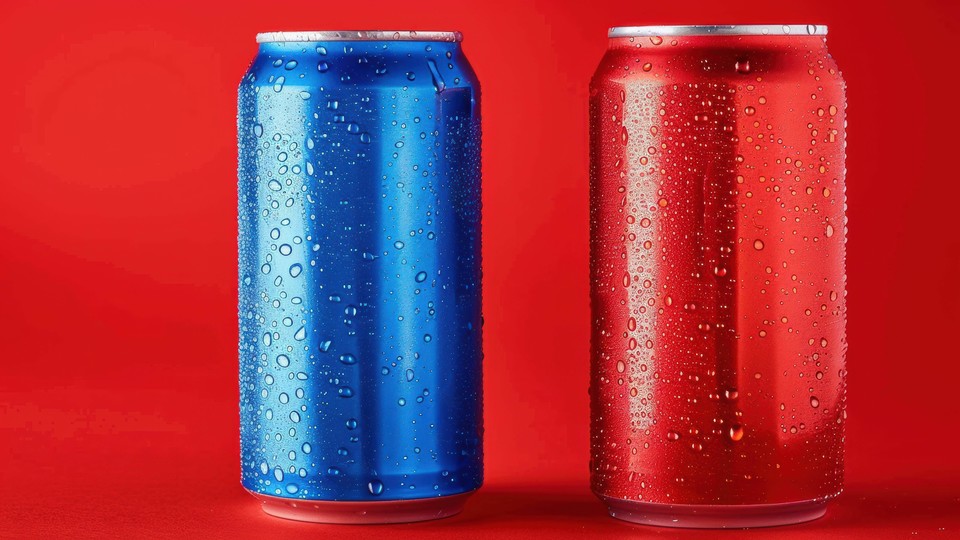
It Takes A Town
B-To-B Customers Aren’t Like Retail Shoppers. Here Are Eight Ways To Keep Them Satisfied.
By Vikas Mittal
B-To-B Customers Aren’t Like Retail Shoppers. Here Are Eight Ways To Keep Them Satisfied.
A version of this article was originally published by the American Marketing Association.
Senior executives at business-to-business companies strive to satisfy their customers to improve sales and margins. Yet very few systematic frameworks exist to guide their customer focus.
Last year, I was discussing the content of a B-to-B strategy course with the dean of a top-10 business school in Asia who lamented, “Most of what B-to-B companies do relies on recycled concepts from consumer companies. Consumer goods and services are focused on customer experience, customer delight and hedonic consumption, and rightly so. But B-to-B is different. It has so many utilitarian value drivers like sales, bidding, billing and project management that go beyond experiential aspects of value.” Simply put, B-to-B customers are different than traditional consumers of goods and services.
B-to-B companies have important differences from B-to-C companies. B-to-B companies typically sell complex products and services that are purchased by clients through a systematic purchase process involving multiple stakeholders, such as end users, evaluators and purchase managers. In terms of consumption, B-to-B cycles are long and complex — sometimes taking several decades and involving hundreds of employees.
B-to-B companies, therefore, must keep this glacial time scale in mind — and the unique customer needs such a scale entails. Research by scholars at Rice, Iowa State, and Texas A&M universities, on behalf of the Collaborative for Customer-Based Execution & Strategy, identified eight competencies specific to B-to-B customers.
Unlike functional competencies based on silos — such as manufacturing, finance, technology or innovation — these are based on perceived customer value. Functional competencies are still necessary to deliver this perceived value to the customer, but superiority on functional competencies alone is not enough.
The eight customer-based competencies are based on in-depth interviews and surveys of more than 600 managers and executives from the supplier and client sides in B-to-B firms. They include:
1. Bidding and Sales Process
While retail customers make quick decisions based on price tags, B-to-B customers typically go through an elaborate bidding and sales process. Throughout the process, they evaluate the sales team’s competency and the suppliers’ ability to provide accurate proposals. In interviews, customers described the process in one of two ways: either “We get a lot of work from relationships that our sales force develops,” or “Salespeople need to do a better job understanding our needs so that the proposals are streamlined to our needs.”
2. Quality of Product and Service
Products and services in B-to-B can range from multiyear service contracts to complete power plants. For B-to-B companies, quality is based on customers’ perceptions of how well the supplier’s core offerings perform. Customers describe this competency as “meet(ing) performance specifications for the equipment and the service employees.”
3. Billing and Pricing
Customer perception of whether a firm’s pricing and billing processes are fair and competitive goes beyond low prices. Respondents report that they “don’t like companies that low bid and then issue change orders to jack up the price.” They also express frustration when “accounts payable has to go back over the billing because it is wrong about half of the time.”
4. Communication
In B-to-B relationships, communication is a core component that can lower perceived customer value when derailed. We define communication as the extent to which a supplier shares appropriate and accurate information in a clear and timely manner. Customers describe companies that excel at this competency as “providing the attention required to keep accounts happy, especially the large ones.” In contrast, firms with poor communication are described thus: “Everything is email. I get zero in-person contact with them.”
5. Safety
Assuring the safety of products, customers and employees is a critical competency, especially in B-to-B contexts involving the oil and gas industry, manufacturing, transportation, nuclear energy and waste management. For example, the Deepwater Horizon disaster ensnared BP for several years. Customers describe safety as one of the major issues in complex jobs, saying “TRIR (Total Recordable Incident Rate) is very important.”
6. Project Management
Suppliers must be able to adequately help plan, execute, and support the initiatives and projects they are involved with. One of our interviewees mentioned that project management is an essential part of the business, explaining that “thousands of policies and procedures need to be followed to execute a project.”
7. Sustainability and Social Responsibility
Sustainability and social responsibility represent customer perception of the extent to which a supplier voluntarily incorporates societal and stakeholder concerns in its value proposition. In describing the benefits of these competencies, customers say: “I know they are not doing anything dirty — they help us stay on the right side of [the Environmental Protection Agency],” and “It is important to be a community partner by creating local jobs. We always emphasize local content and training.”
8. Ongoing Service and Support
Just because you’ve already sold a product or service doesn’t mean you’re done; service and support must continue into the consumption phase of a B-to-B relationship. In marketing, this has been described as after-sales service, as well as ongoing relationship management. It’s different from the customer’s initial assessment of the product or service quality. In interviews, managers stressed the importance of ongoing service support. One said, “For many contracts, we will need to have a guarantee that no issues will be happening after delivery.”
Our research shows that these eight attributes make up a whopping 70 percent of customer value, as measured by overall customer satisfaction. Across a wide swath of industries, these are integral predictors of sales and gross margins — even after statistically accounting for a variety of customer factors, such as purchase amount and involvement; company factors, such as size and firm risk; and industry factors such as the competitiveness of the field. Meeting customer needs through these eight competencies, therefore, also satisfies shareholder goals.
For B-to-B companies, competitive advantage lies in these eight unique competencies, which are specific to business contexts. Delivering each competency will require a cross-functional approach that cannot be achieved by excelling in only marketing, finance, innovation, service or sales. For example, excellence in departments such as project management requires engineering, manufacturing, customer service, accounting, and even sales. To get these departments to work together, companies will need to accurately measure their role in each of these competencies and link them to sales and margins. Done well, this can provide a roadmap for achieving meaningful improvements in both customer value and shareholder performance.
Vikas Mittal is the J. Hugh Liedtke Professor of Marketing and Management at the Jones Graduate School of Business at Rice University.
Never Miss A Story


